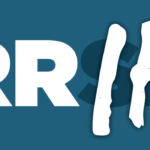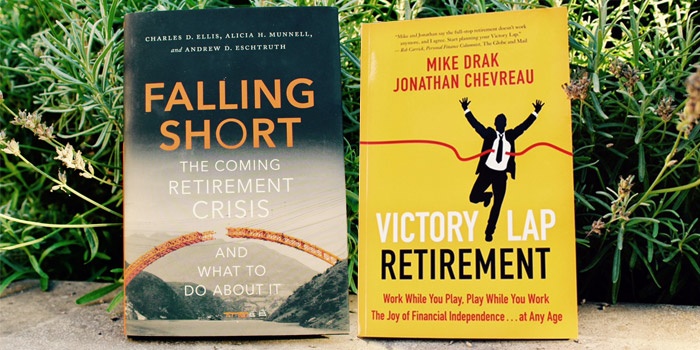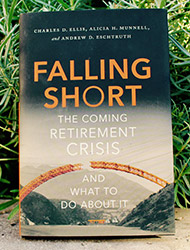 Much has been written about the level of retirement readiness and capital needs required to fund that long-term family objective. I submit that the retirement projections have the answers.
Much has been written about the level of retirement readiness and capital needs required to fund that long-term family objective. I submit that the retirement projections have the answers.
I am, however, puzzled by this key observation: “None of the potential clients I’ve met for the first time in the past five years had a recent retirement projection.”
There is much talk and little walk of the talk around this subject. Even though retirement is a top priority for investors and their families.
You are wise to start crafting your personal retirement projection. The sooner the better, then revisiting it every three to five years.
This is something I encourage everyone to mull over. “How do you assess whether your retirement prospects are on target if you have no personal retirement target in mind?”
I summarise three more observations from meetings with potential retirees:
- Most have not come to grips with the possibility of retirement lasting 25 to 30 years, maybe longer.
- Most have not thought about the implications of their portfolios receiving little or no saving capacity after retirement.
- Most are not prepared for escalating costs of health care, say a retirement home facility, even if for only one spouse.
Planning three decades of dependable retirement income is the new money management challenge. Especially, during times of continued low returns.
Very few investors now retired, or nearly retired, have a “retirement projection.” I liken it to building a home without the blueprint.
I don’t know of anyone who builds homes this way. However, there is no shortage of investors who continually try to assemble and guide their retirement nest egg without a personal plan of action. They just buy stuff for the investment shelves.
Retirement surveys keep popping up frequently with similar messages. Typically about how investors are not fully prepared for the long retirement journey.
Some may have accumulated too much debt or too few assets. Others may have incurred too much risk. Perhaps, many may not be saving enough.
Reasons aside, it is rare to meet someone who has a grasp of the capital ballpark required to fund retirement. The main ingredient is the “retirement projection,” also known as the “capital needs” analysis.
The basic step of preparing a retirement projection is a very informative process. I favour constructing one for every client well before retirement and updating it periodically.
The retirement projection is the starting point for everyone considering retirement or actually now retired. It is a ballpark indication of what the family capital needs look like for the long run.
My projection covers several key retirement aspects, such as:
- Providing long-term retirement income goals, possible health costs and inflation factors.
- Reviewing the family’s total expenses and cash requirements for projects and purchases.
- Inclusion of income sources, like employment, pension benefits, real estate, CPP and OAS.
- Assumptions for possible home downsizing, longevity, special needs and pension funding.
The analysis brings to light these important facts:
- Capital estimate of funds required to achieve your retirement goals and desires.
- Periodic saving capacity required by your investment plan.
- Annual return estimates to reach and maintain your desired retirement lifestyle.
- Whether your retirement goals are achievable or in need of periodic adjustments.
A retirement projection allows the design of a customised investing road map tailored to each client. It also ensures that what the client seeks is reasonable and suitable vis-à-vis family goals.
Most investors do not feel comfortable navigating their retirement math. A solution is to engage a professional who is well versed with retirement projections.
You are wise to start crafting your personal retirement projection. The sooner the better, then revisiting it every three to five years.
Clearly, up-to-date retirement projections have the answers. It’s time for action if yours is missing in action.
 Adrian Mastracci, Discretionary Portfolio Manager, B.E.E., MBA started in the investment and financial advisory profession in 1972. He graduated with the Bachelor of Electrical Engineering from General Motors Institute in 1971, then attended the University of British Columbia, graduating with the MBA in 1972. This blog is republished here with permission from Adrian’s new website, where it originally appeared on May 23rd.
Adrian Mastracci, Discretionary Portfolio Manager, B.E.E., MBA started in the investment and financial advisory profession in 1972. He graduated with the Bachelor of Electrical Engineering from General Motors Institute in 1971, then attended the University of British Columbia, graduating with the MBA in 1972. This blog is republished here with permission from Adrian’s new website, where it originally appeared on May 23rd.
 “Retirement at sixty-five is ridiculous. When I was sixty-five I still had pimples.” — George Burns (1896–1996) Comedian, actor, singer and writer
“Retirement at sixty-five is ridiculous. When I was sixty-five I still had pimples.” — George Burns (1896–1996) Comedian, actor, singer and writer









